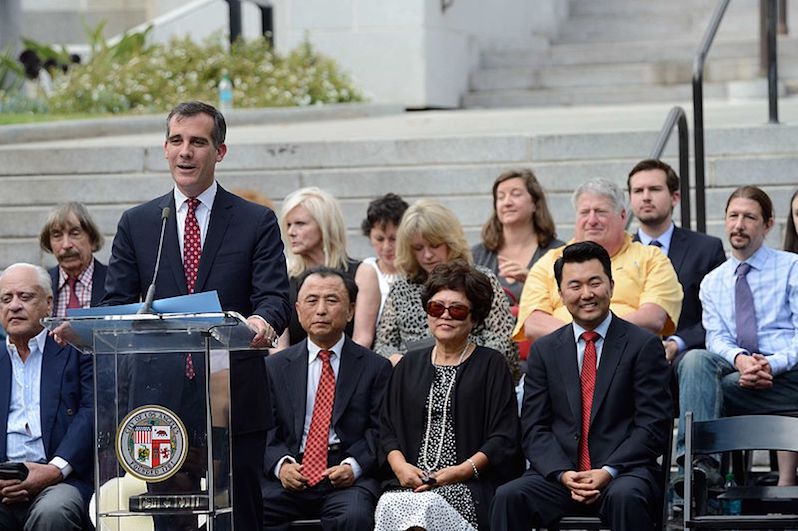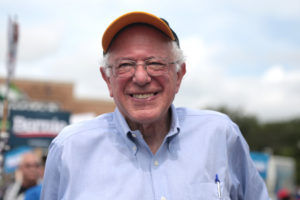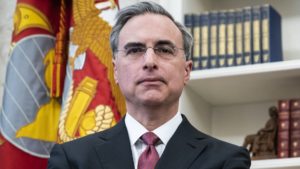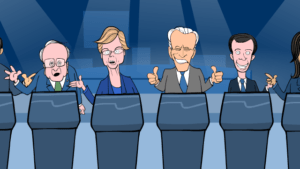The Great American Story of Asian Immigrants and Politics
The rise of Asian-Americans in politics refutes Donald Trump's portrayal of immigrants as an alien body invading the United States. The rise of Asian-Americans in politics refutes Donald Trump's portrayal of immigrants as an alien body invading the United States. Los Angeles City Councilman David Ryu (smiling, facing camera) and Mayor Eric Garcetti (at the podium). (Eric Garcetti) (CC-BY)
1
2
Los Angeles City Councilman David Ryu (smiling, facing camera) and Mayor Eric Garcetti (at the podium). (Eric Garcetti) (CC-BY)
1
2

Los Angeles City Councilman David Ryu (smiling, facing camera) and Mayor Eric Garcetti (at the podium). (Eric Garcetti) (CC-BY)
Independent journalism is under threat and overshadowed by heavily funded mainstream media.
You can help level the playing field. Become a member.
Your tax-deductible contribution keeps us digging beneath the headlines to give you thought-provoking, investigative reporting and analysis that unearths what's really happening- without compromise.
Give today to support our courageous, independent journalists.






You need to be a supporter to comment.
There are currently no responses to this article.
Be the first to respond.